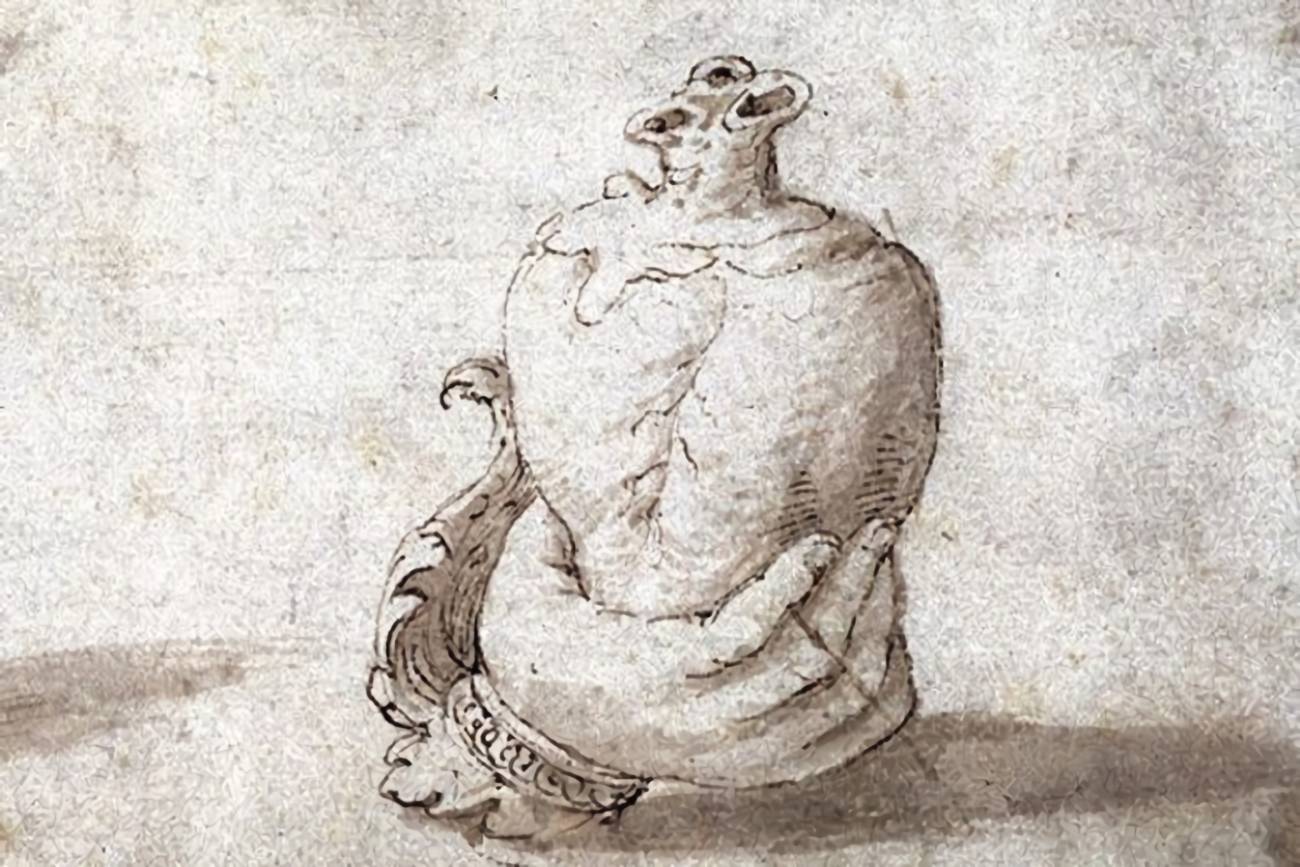In our brain, these forms of love evoke different signals — clearly distinguishable patterns, as revealed by a study. They can be recognized by differences in the activated brain regions and intensity. For example, love between partners and towards children elicits strong reactions in our reward system and social circuits. Love for strangers, pets, or nature, on the other hand, shows different patterns.
Love is one of our most intense emotions — and one of the most diverse: It shapes erotic and romantic relationships, connects parents with their children, and forms the basis of friendships. Depending on its manifestation, very different hormones and physical sensations are involved in these feelings of love. In addition, there are other forms of love, for example towards a pet, nature, or generally towards our fellow human beings or the world as a whole.
How Do Different Forms of Love Manifest in the Brain?
“But when we love, is it neurologically the same whether this love is directed towards our child or, for example, nature?” ask Pärttyli Rinne from Aalto University in Finland and his colleagues. What differences does our brain make in these various types of love? Until now, the “neural fingerprint” of love has been studied almost exclusively for classic romantic love and parental love. However, not for other types of interpersonal and non-personal love.
Rinne and his team have now addressed this gap.
“We now provide a more comprehensive picture of the brain activity associated with different types of love than previous research,” says Rinne. For their study, 55 test subjects listened to short scenes and stories about six different types of love while their brain activity was recorded using functional magnetic resonance imaging (fMRI). Immediately afterwards, the participants were asked to mentally recreate the respective form of love as intensely as possible.
In addition to the brain scans, all test subjects answered detailed questions. These included, for example, what feelings the stories about the six love variants evoked in them, how strongly they felt them, or how similar or different the reactions were. The six variants were love in relationships, parental love, love for friends, for strangers, for pets, or for nature.
Neural Fireworks for Parental Love and Partner Love
The result: Our brain generates very different neural “fingerprints” for the various forms of love. While all forms of this emotion are linked to parts of the reward system to some extent — like many pleasant experiences — which brain areas are involved and how intensely they fire varies greatly.
“The six different variants of love are linked to the reward centers and the centers for social cognition in different ways,” report Rinne and his team.
The brain reacts most intensely and extensively to love for a child and love for a partner. “When visualizing parental love, areas deep in the reward system of the striatum become active — we don’t see this with any other type of love,” reports Rinne. As with romantic love, areas in the brain stem, cerebellum, temporal lobes, and along the entire midline of the head are also active. “The subcortical areas of romantic and parental love include brain regions closely linked to reward, bonding, motivation, and reinforcement learning,” the team says.
Unique Patterns Also for Friendship Love and Love for Animals
Comparing these two closest and most intense forms of love to friendship love and love for strangers revealed that while all these interpersonal emotions are similar in terms of some brain areas — the regions responsible for social behavior and parts of the reward system are active in all — the activity is weaker in friendship love and even more so in empathetic love for strangers, and encompasses fewer areas of the brain, as Rinne and his colleagues determined.
In contrast, non-personal love for nature or pets activates the reward system but not the social areas of our brain — with one exception: People who own pets themselves react differently. In their case, thoughts about pets or stories about pets evoke similar reactions in the brain as love for fellow humans. “The activity of these brain areas linked to sociality therefore reveals whether a person has a pet or not,” says Rinne.
“Wonderful Complexity of Human Love”
According to the researchers, the neural fingerprints of love in our brain reflect the diversity of the feeling we summarize as love. “From the perspective of functional neuroarchitecture, we see how the wonderful complexity of human love arises,” state Rinne and his colleagues.

